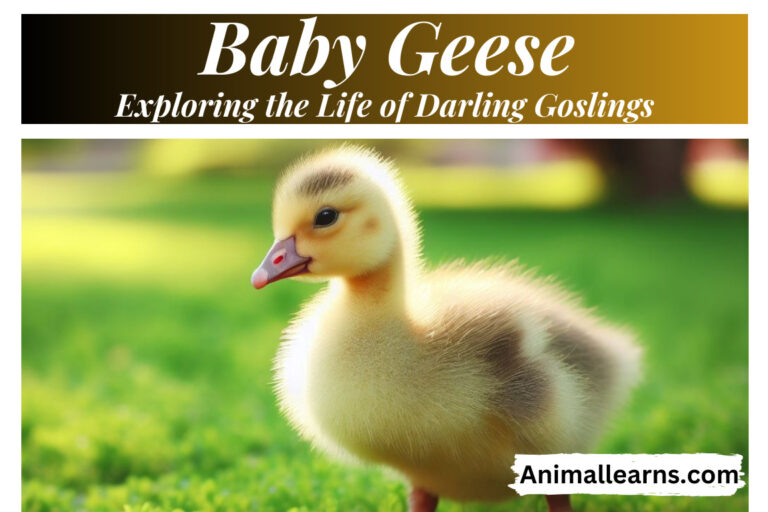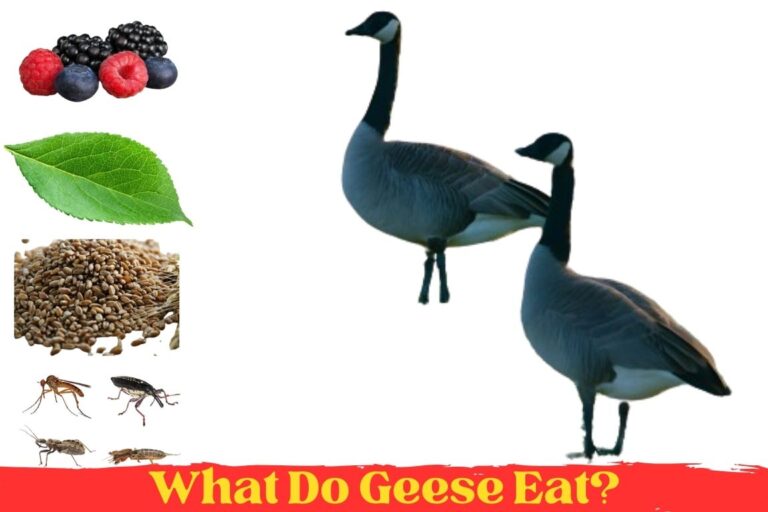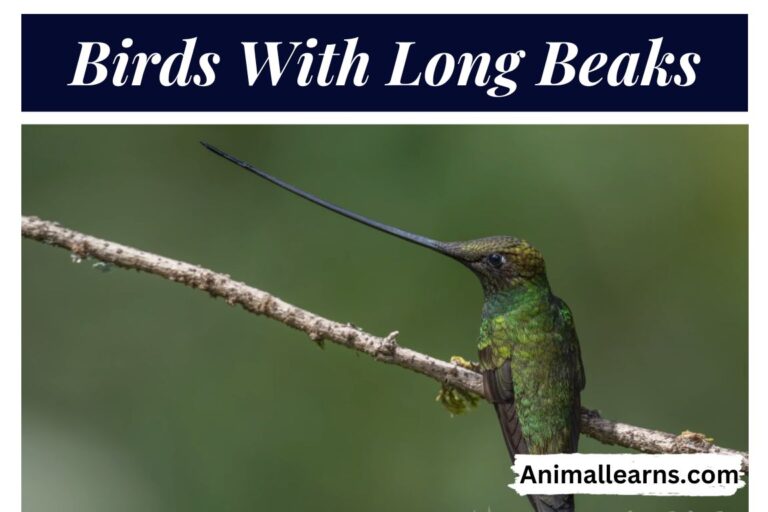10 Common Birds With Long Beaks In Florida (With Pictures)
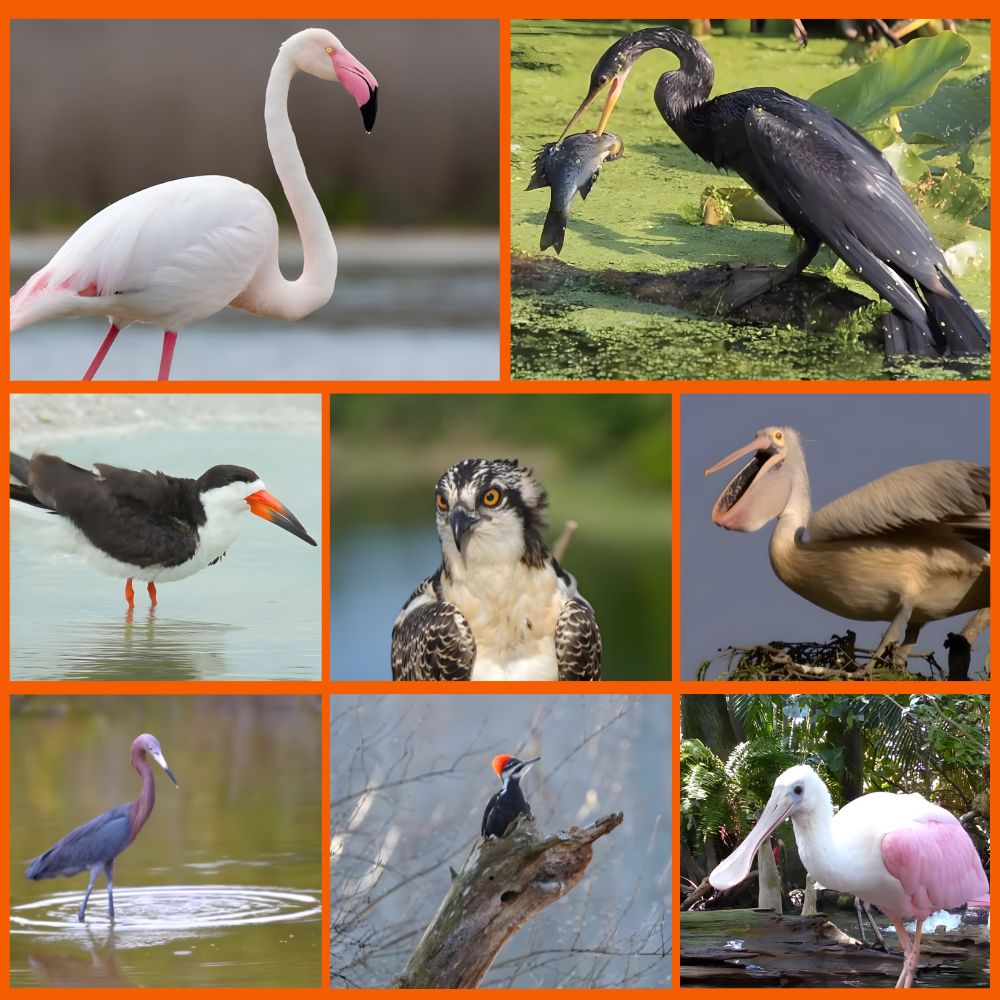
The diverse ecosystem of Florida provides ample habitat for birds with long beaks in Florida, including wood storks and roseate spoonbills, to thrive and fulfill their unique ecological roles.
Florida is known for its diverse wildlife and bird watching is a popular activity for locals and visitors alike from the beaches to the wetlands there are plenty of opportunities to spot some of the most beautiful and unique birds in the world let’s get started.
Birds With Long Beaks In Florida
Contents
Flamingo
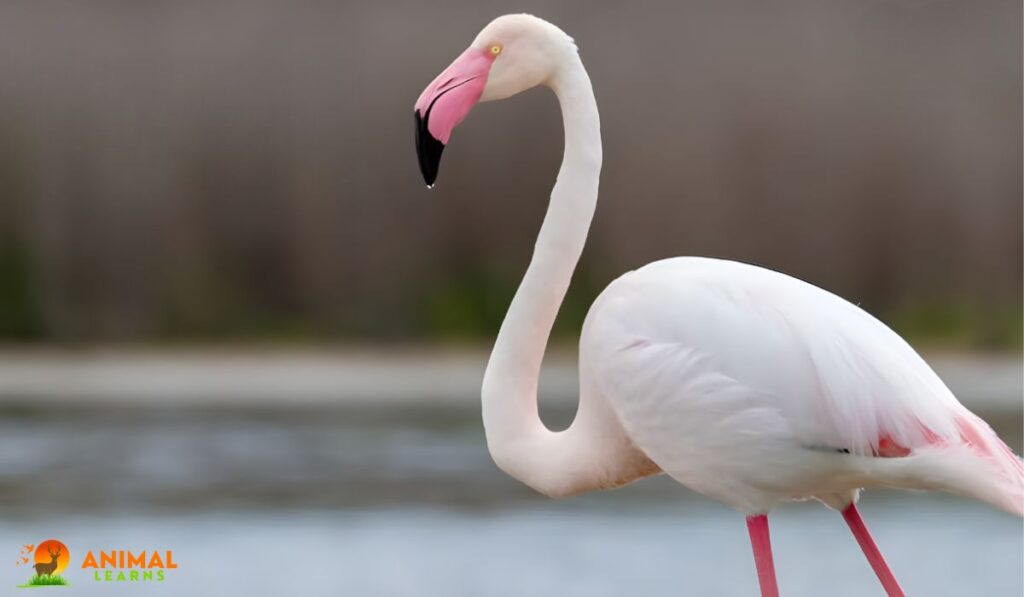
Our first bird is the iconic Flamingo known for its vibrant pink feathers and distinctive beak. The Florida population of flamingos is relatively small but you can spot them in the Everglades National Park or the Southwest part of the state.
A distinctive yet endemic wading bird with elongated legs and a “coat-hanger” neck. Adults are hot pink, but first-year birds are primarily brown and white; they will reach their full adult colors in two to three years. Usually found in salty, shallow lagoons in flocks.
Similar to geese, flamingos fly in straggling lines and make similar sounds with their honking and braying cries. Be aware that the Roseate Spoonbill, a separate (and far more common) pink-wading bird, is often mistakenly called a “flamingo” despite having a completely different form.
Pelican
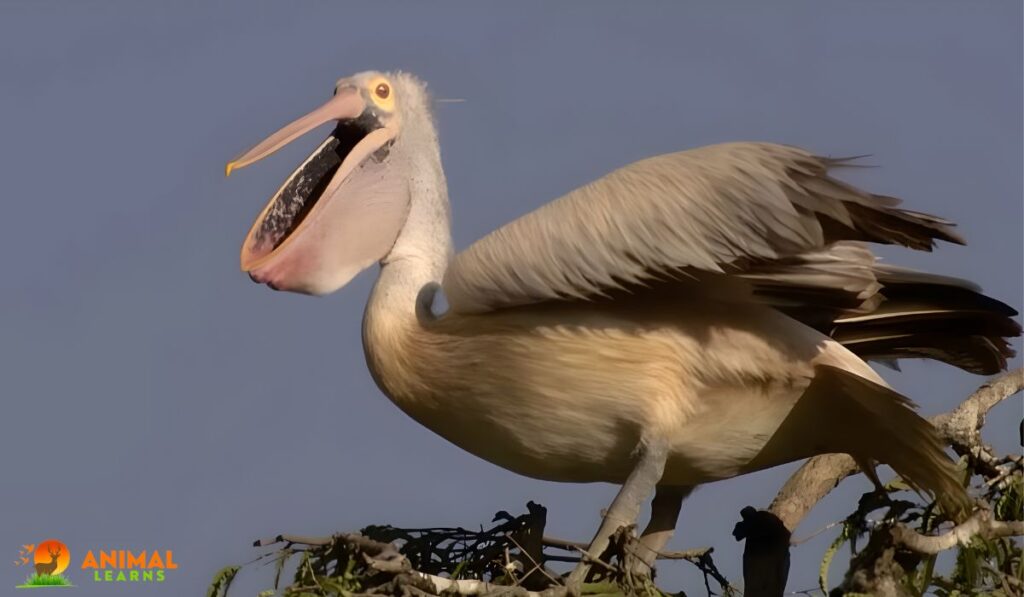
The Pelican is our second bird it’s a common site in Florida’s beaches and waterways with their large beaks and distinctive coloring these birds are a favorite among bird-watching and beachgoers alike.
They usually live in warmer temperatures, around coasts and river estuaries. They can grow up to 6 feet, with a wingspan reaching 10 feet across. They are recognizable by their large throat, which they use to catch fish. Pelicans can scoop up to three gallons of water in their pouch.
They tip their head back to drain the water, leaving only their meal. Young pelicans feed by eating directly out of their parent’s throat. Pelicans work as a team to catch food. By forming a U-shape, they drive fish toward shallower waters as they pound the surface of the water with their wings. Then the fish are herded into smaller groups, where they’re scooped up and swallowed whole.
The upper mandible or the top of the beak has a unique hook on it. This helps pelicans grab a hold of larger or more slippery fish. Brown pelicans incubate their eggs with the skin of their feet by standing on top of them. Females usually lay three eggs and both parents take turns incubating them.
Osprey
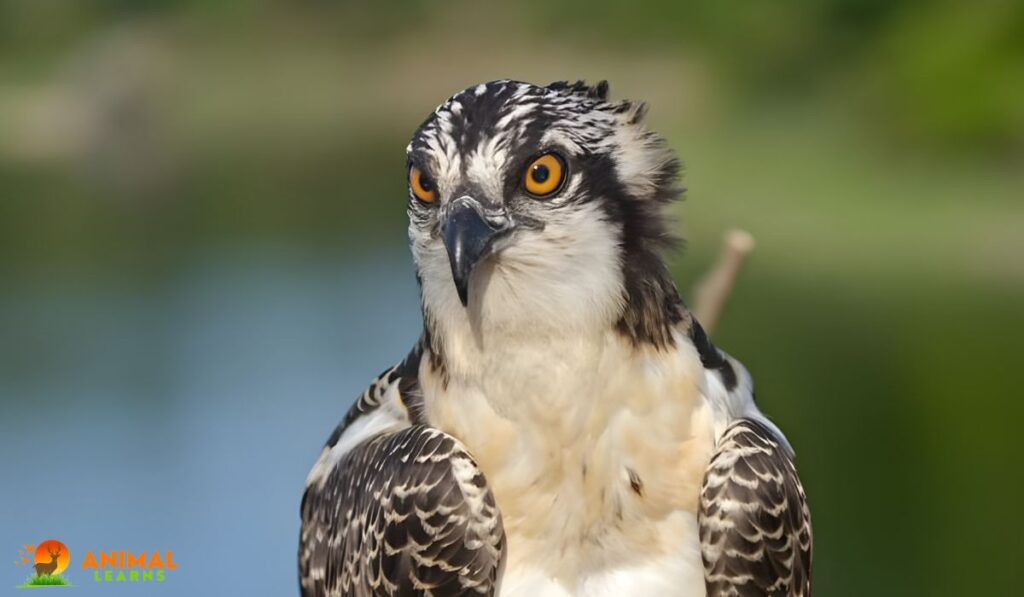
The Osprey is our third bird also known as the Fish Hawk these birds of prey are found throughout Florida and are known for their distinctive hunting techniques diving into the water to cast fish with their talons.
Osprey, the Seahawk, sky dance a poetic journey in Nature’s Rhythm as Dawn breaks over the wild. A silhouette slices through the Morning Mist; look closely and you’ll see the Majesty of the Osprey, the Seahawk, the master of the air and sea. Wings spread wide, it commands attention and respect; its eyes piercing and intentionally sweep across the shimmering waters.
The Osprey is a seafar’s bird, a fisherman’s friend; it has an uncanny knack for spotting a silver flicker beneath the water’s surface far beyond the capability of the human eye. Suddenly, it takes a dive with the Precision of an arrow; it pierces the water, snatching life beneath the waves. This is the dance of life and death choreographed by nature herself, where the Osprey is both the dancer and the conductor.
Sandhill Crane
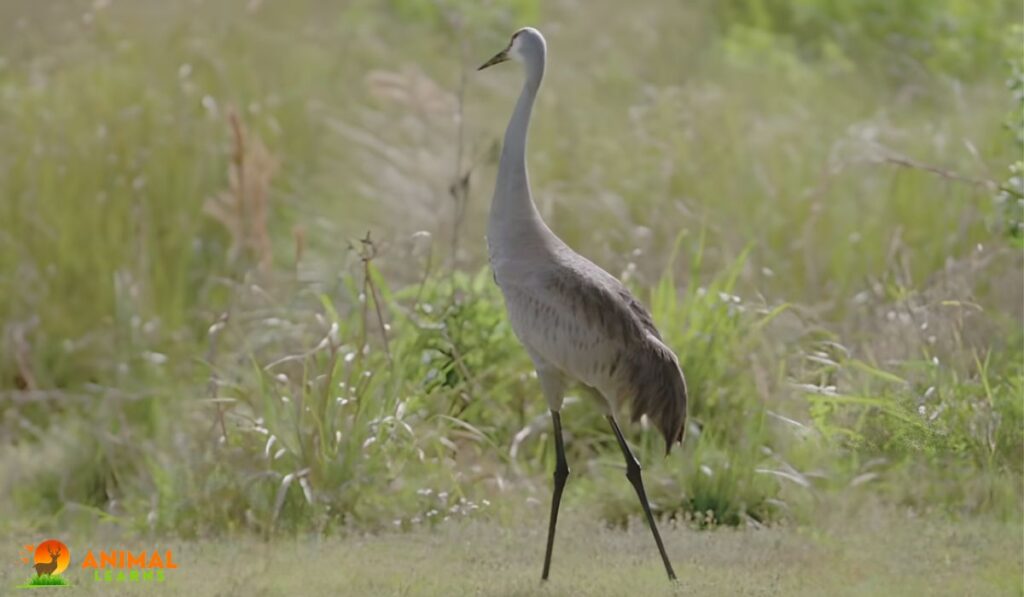
Our fourth board is the sandhill crane tall elegant bird found throughout Florida with succinct red foreheads and loud trumpet sounds these birds are a favorite among bird watchers.
The gray, long-necked, sandhill crane (Grus canadensis) resembles a heron with a red, bald patch of skin above its head. Herons fly with their necks tucked in on their backs, whereas cranes soar with their necks extended like geese. Look for reddish skin on top of the crane’s head to confirm identity.
In Florida, there are two subspecies of sandhill cranes. With 4,000–5,000 individuals, the Florida sandhill crane is a year-round, non-migratory breeding resident. The bigger of the two subspecies, greater sandhill cranes, migrate with them every winter, adding 25,000 birds to the flock.
Although it nests in the Great Lakes region, the larger sandhill crane spends the winter in Florida. In shallow water on plant mats of around two feet in diameter, sandhill cranes build their nests in the late winter and early spring.
Spoon Bill
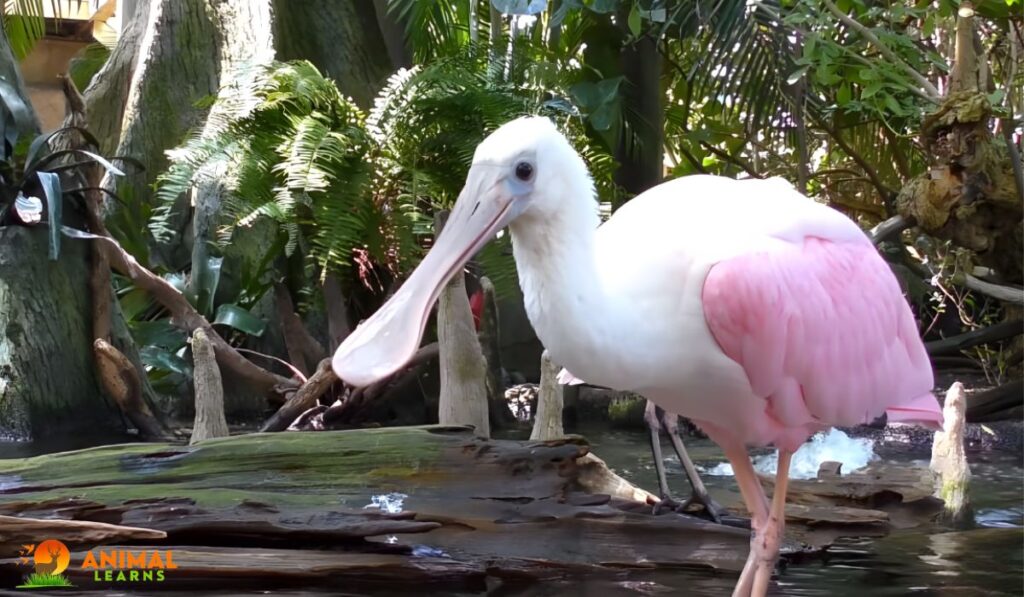
The Rosie at Spoonbill is our fifth bird known for its distinctive pink feathers and Spoon-shaped Bill these birds can be found in the wetlands throughout Florida and are a must to save for any bird watchers.
Speaking of breeding, these birds will migrate to nesting grounds filled with large numbers of other spoonbills. Since they’re fairly large, their flying style is long and slow. Spoonbills are serial monogamists.
They change partners every breeding season. Once a match is made, the couple makes a nest in the trees, bushes, or reeds, and the female will lay up to four eggs. After three weeks of incubation, the chicks will hatch.
Anhinga
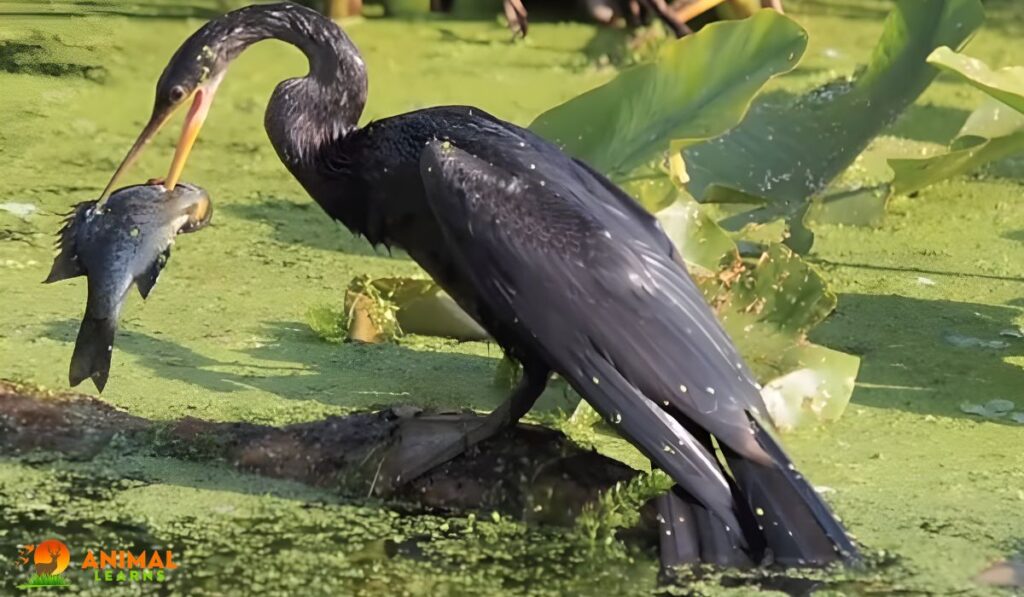
Our sixth bird is the Anhinga also known as the Snake Bird these birds are currently found near the waters and are known for their distinctive hunting techniques because they sparing fish with their long sharp beaks also nicknamed water turkeys for their turkey-like tails. Birds With Long Beaks In Florida, such as the Anhinga, are adept at catching fish by spearing them with their sharp bills.
At the edge of a freshwater wetland, it looks like a snake is swimming in the water, but it’s not a snake after all; it’s an Anhinga. With their long necks, webbed feet, and gular pouch at their throat, they’re often confused with cormorants. However, Anhingas are more slender than cormorants, with a distinctive bill.
They are strong fliers and adapted to swim completely underwater to hunt for food by stabbing fish and frogs with their bills. When they come to the surface, they either toss the food in the air and swallow it while swimming or take it to shore.
Anhingas are dark overall, with females having a lighter top half. They prefer slow-moving wetlands with many perches nearby so that after swimming, they can dry themselves and warm up in the sun.
Wood Stork
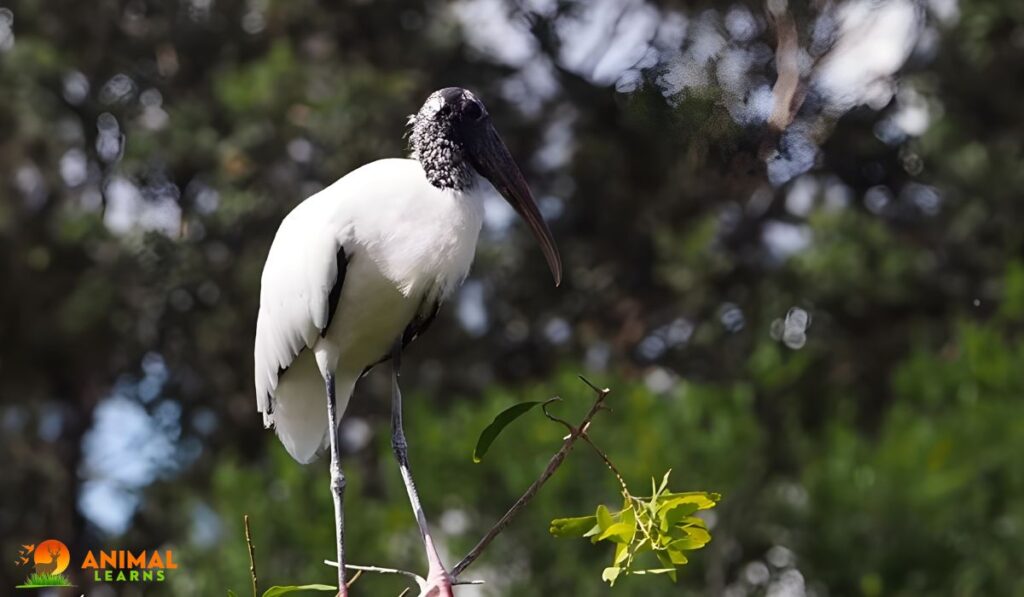
With a long, black beak, the Wood Stork is a large white bird with a long beak in Florida. Their tails and flying feathers are black, while their general plumage is white. Their eyes are dark, their legs are black, and their feet are reddish-brown. They have bald heads and necks that are dark blackish-gray.
They mostly consume fish and crustaceans for food. They also eat seeds, tiny birds, insects, reptiles, and amphibians. Typically, wood storks live in the southern United States, Mexico, Central America, and South America, depending on their range.
Pileated Woodpecker
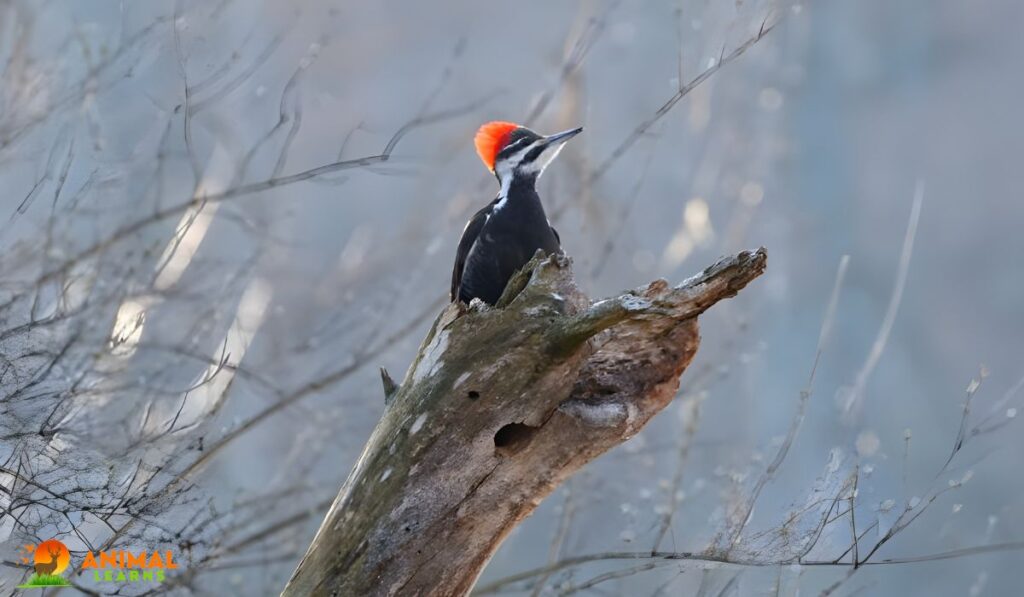
Our eighth bird is the pileated woodpecker a large and striking bird with distinctive red Crest and black and white feathers these birds can be found in the forest and wooded areas throughout Florida.
One of the largest and most noticeable woodland birds in the continent is the Pileated Woodpecker. It is black, almost crow-sized, with a fiery red crest and prominent white stripes down its neck. Seek (and hear) for Pileated Woodpeckers, who create distinctive rectangular holes in the wood as they whack at dead trees and fallen logs in pursuit of their primary meal, carpenter ants.
These birds dig nest holes that provide vital refuge to a variety of wildlife, such as ducks, bats, owls, swifts, and pine martens.
Reddish Egret
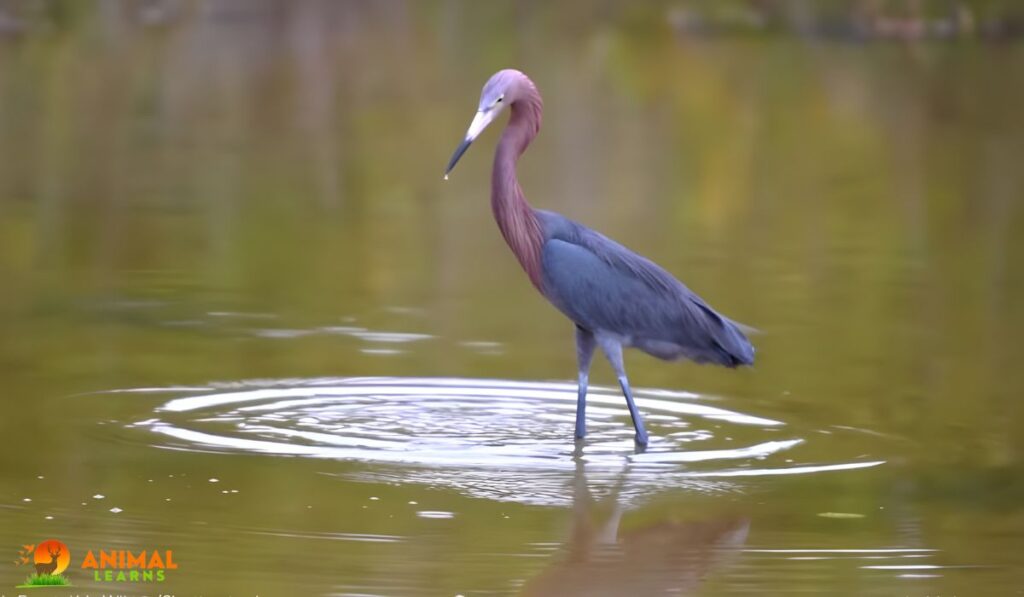
The reddish egret is our ninth bird known for its extensive Shaggy feathers and hunting techniques of dancing to stir up fish in shallow water these birds can be found in the wetlands throughout Florida.
Have you ever seen a bird that dances to catch its fish? The reddish Egret has some unique hunting techniques that may surprise you. One method is called canopy feeding: the reddish Egret disturbs the fish by erratically running through the water. Then it spreads its wings over the water, creating a shadow.
The fish assume this shadow is a shelter and unknowingly swim directly toward their hunter. Reddish egrets are swift and can catch multiple fish within seconds. Their other hunting technique is called dancing: it corrals the fish by running and scaring them into one direction.
Then it jumps in the air and flaps its wings, creating shadows over the water that make it harder for the fish to see where the egret is. By dancing around like this, the egret’s location is hidden. Reddish egrets may appear to be bizarre hunters, but they are some of the quickest and most calculated fissures.
Black Skimmer
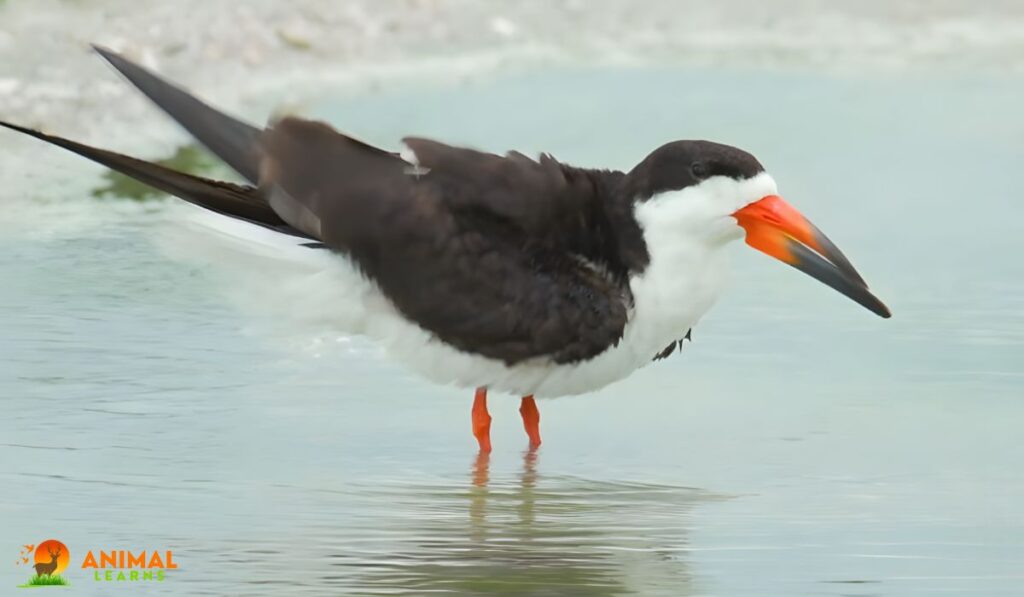
A final bird is the black skimmer a distinctive bird with a black and white body and a distinctive lower bill that is longer than the upperville these birds can be found on Florida beaches and are known for their unique fishing techniques of skimming the water with their lower beaks.
This bird is really unique in the way that it flies and the way that it forages. You’ll see that when it’s flying along a shoreline, it’s actually dragging its lower bill along the edge of the water. As soon as it hits a fish, it quickly snaps shut and consumes the fish. The other thing you’ll notice when the bird is feeding along the shoreline is that its wings, instead of flapping just outward, are tucked back.
That’s so that it can skim along the surface of the water and not get hit by waves. Their numbers have been in decline over the last probably 40 years. They’ve gone from ten thousand plus nesting pairs on the coast down to around three thousand nesting pairs on the coast.
And there you have it our top 10 birds with long beaks in Florida from the iconic flamingos to The Majestic bald eagles Florida is home to some of the most beautiful unique birds in the world.
We hope you enjoyed this post and it must have been informative.
FAQs
What are some birds with long beaks commonly found in Florida?
Some common birds with long beaks in Florida include the Roseate Spoonbill, Wood Stork, Reddish Egret, black skimmer, and Anhinga.
Why do birds in Florida have long beaks?
Birds in Florida have evolved long beaks to adapt to their feeding habits, which often involve probing in shallow water or mud for prey such as fish, crustaceans, and insects.
Are all birds with long beaks in Florida wading birds?
No, while many birds with long beaks in Florida are wading birds, there are exceptions. For example, the American Avocet is a shorebird with a distinctive long, upturned bill.
Where are the best places to see birds with long beaks in Florida?
Wetlands, marshes, estuaries, and coastal regions like Corkscrew Swamp Sanctuary, Merritt Island National Wildlife Refuge, and Everglades National Park are some of the greatest sites in Florida to watch birds with long beaks.
How do birds with long beaks adapt to Florida’s diverse ecosystems?
In Florida, long-beaked birds have developed unique adaptations that allow them to live in a variety of habitats, including marshes, wetlands, coastal regions, and urban areas. These adaptations allow animals to make use of available resources and adapt to environmental difficulties. These include eating methods, nesting habits, plumage features, and physiological attributes.









